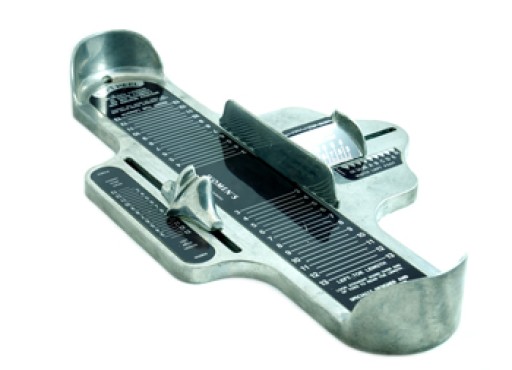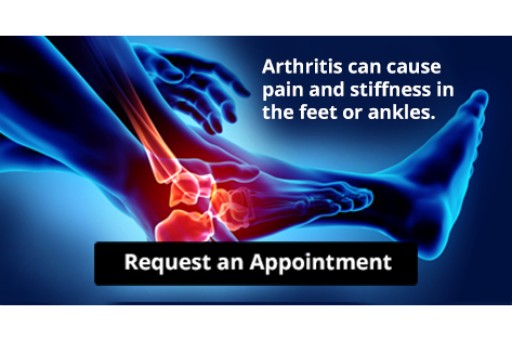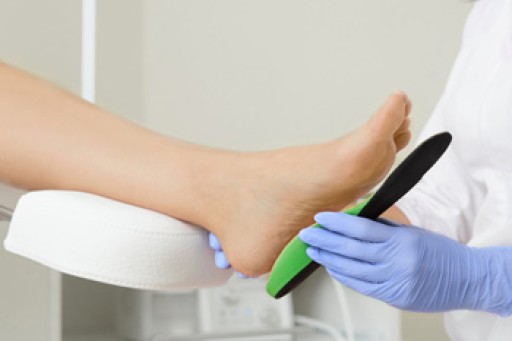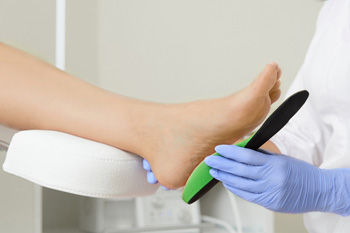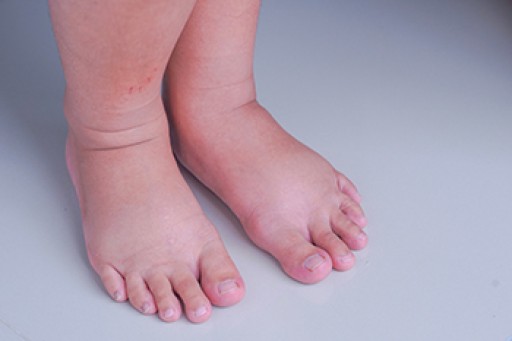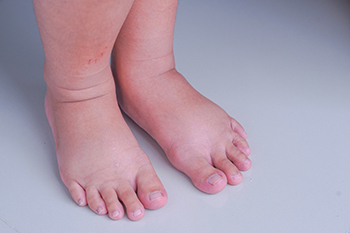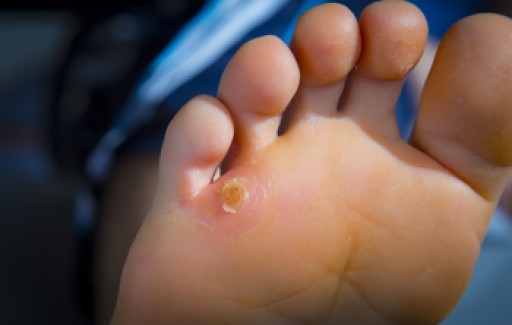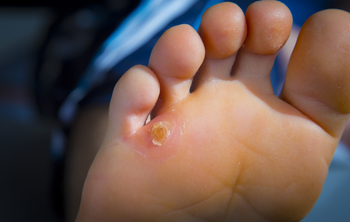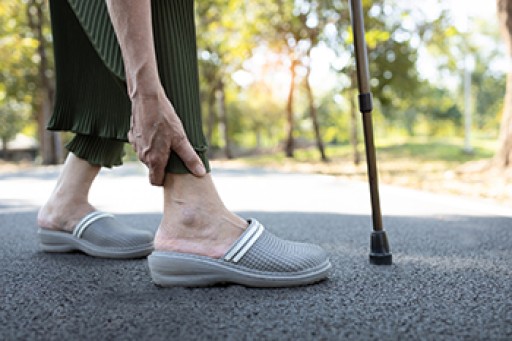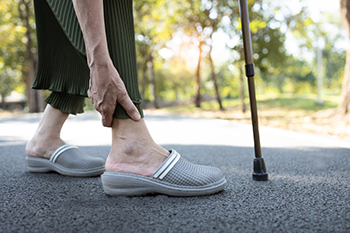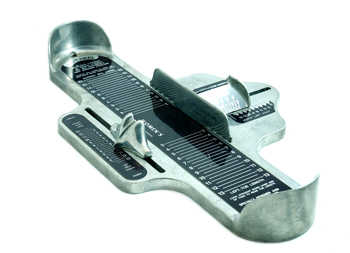
There are various foot conditions that can be caused by wearing shoes that do not fit correctly. Bunions, hammertoes, and ingrown toenails are some of these ailments, and getting the right shoe size may help to prevent these from developing. It is imperative to determine what your correct shoe size is before any purchases are made. This can be done by using the Brannock device that is found in most shoe stores, which can measure the length and width of your foot. Once the size has been determined, the next step is to choose a pair that is pleasing to the eye, then try them on. This is followed by walking around in them for a short period of time in the store, which is when most people can tell if the shoe is right for them. If the shoes are too tight, they may cause blisters or corns to develop, and may need to be purchased in a half or more size larger. If the shoes are too big, they may slip on your feet, and this can increase the risk of falling. If you would like more information about how to find the right shoe size for you, please consult a podiatrist who can help you to make the right choice.
Getting the right shoe size is an important part of proper foot health. Seek the assistance of one of our podiatrists from Associates in Podiatry, PC. Our doctors will provide the care you need to keep you pain-free and on your feet.
Getting the Right Shoe Size
There are many people who wear shoes that are the incorrect size, negatively affecting their feet and posture. Selecting the right shoes is not a difficult process, so long as you keep several things in mind when it comes to choosing the right pair.
- When visiting the shoe store, use the tools available to measure your foot.
- Be sure there is ‘wiggle room’. There should be about an inch between your toes and the tip of your shoes.
- Do not always assume you are the same size, as manufacturers run differently.
- Purchase shoes later in the day, as your feet swell as the day progresses.
- If a shoe is not comfortable, it is not suitable. Most shoes can’t be ‘broken in’, and comfort should be the ultimate goal when it comes to choosing the right pair of shoes
As our feet hold our body weight and keep us moving, it is important to treat them right. Picking the right pair of shoes can provide your feet comfort and mobility without pain.
If you have any questions, please feel free to contact our offices located in Pittsburgh-South Hills, and Pittsburgh-Bellevue, PA . We offer the newest diagnostic and treatment technologies for all your foot care needs.
